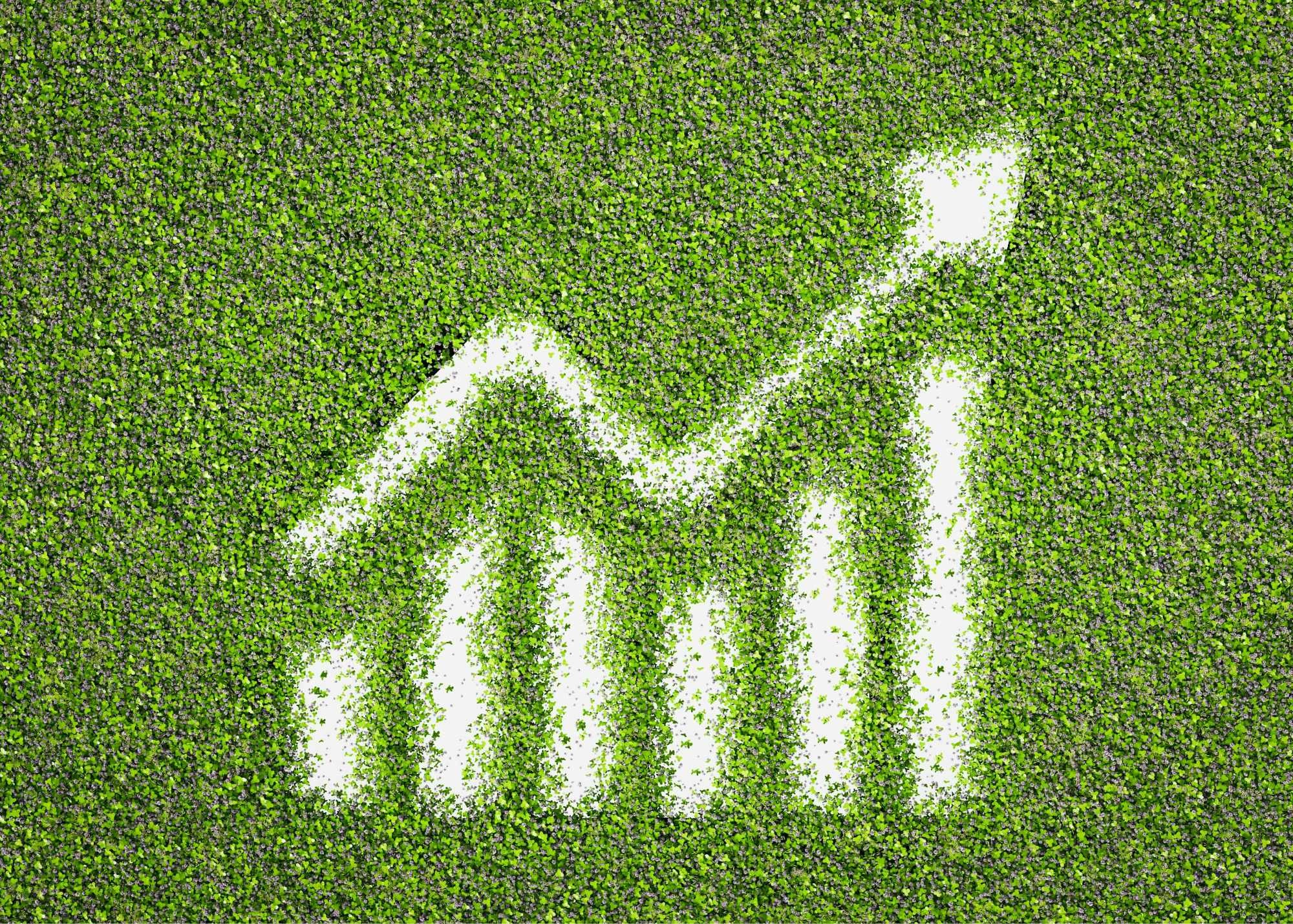The legal profession has long been a heavy consumer of physical resources, but as services, research and communication move online, so has its environmental impact. Recent studies, including:
- a 2023 analysis by GreenIT/Carbon4Finance, estimating the digital sector’s footprint at around 3.4%; and
- a 2024 World Bank–ITU review placing ICT-related emissions in the 1.5–4% range;
suggest that the internet and wider digital ecosystem are responsible for roughly 2.5–3.7% of global greenhouse gas emissions, a footprint comparable to or even larger than that of the aviation industry, and still rising. The advent of AI and its intermingling with daily research and automation tasks will only compound the issue.
If the internet was a country it would be the 13th largest emitter between Mexico and Brazil
Source: the Sustainable Web Manifestio
Every website visit consumes electricity. The more complex and media-heavy the site, the more energy it uses. For law firms and barristers’ chambers, whose websites often contain hundreds of pages, documents, profiles, and resources, even small improvements can significantly reduce digital carbon impact.
This first article in our three-part series explores why sustainable web design matters for the legal sector.
The hidden carbon footprint of legal websites
Law firm websites tend to be large, frequently updated, and visited by key audiences such as solicitors, clients, journalists, prospective pupils and the judiciary.
Several factors increase carbon emissions on legal websites:
- High-resolution photography
- Webinars and video content
- Heavy use of PDFs and document libraries
- Multiple third-party scripts (analytics, CRMs, marketing tools)
- Complex navigation and search architecture
- Frequent content updates from marketing teams or clerks
Each of these requires data transfer between servers and the user’s device, which consumes electricity. According to the Green Web Foundation, data transfer is one of the biggest contributors to the internet’s carbon output.
ESG expectations: clients are paying attention
Corporate and institutional clients increasingly evaluate environmental performance in procurement and panel reviews. This includes the digital operations of professional services firms.
Sustainable websites strengthen a firm’s ESG position in:
- Tendering and panel appointments
Procurement teams are now trained to consider suppliers’ environmental credentials, including digital sustainability. UK Government guidance encourages organisations to assess lifecycle carbon impacts in procurement. - Legal directories and rankings
Submissions to Legal 500 or Chambers & Partners increasingly include ESG activity. Digital sustainability demonstrates operational responsibility with minimal cost. - Corporate reputation and marketing
A greener website supports and strengthens any public sustainability commitments made on a firm’s CSR or ESG pages.
Faster websites improve client experience and conversions
Sustainable design directly improves user experience, a top priority for legal websites.
Google’s research shows that as page load time increases from one second to five seconds, the probability of a bounce increases by 90%.
Chambers and law firm website visitors are typically task-oriented. They want to:
- Check a barrister or lawyer’s expertise or experience
- Download a CV
- Find contact information
- Register for a seminar
- Read an article or case update
A lighter, more sustainable site improves all these interactions.
Accessibility benefits
Accessible websites often overlap with sustainable ones: fewer scripts, faster pages and clean markup work better with assistive technologies.
The UK Equality Act 2010 requires reasonable adjustments in digital services, and the WCAG 2.2 guidelines emphasise efficient, well-structured code.
SEO benefits
Google ranks fast, efficient sites more highly. Sustainable design naturally improves:
- Core Web Vitals
- Discoverability
- Local search performance
- Practice-area SEO
All of these support business development efforts.
Unique opportunities for low-carbon design in legal websites
The structure of legal websites creates clear opportunities for reducing carbon output:
- Profile pages
Often the most visited pages on chambers’ websites. Optimising profile images and reducing unnecessary scripts has a measurable impact. - PDF-heavy content
PDFs generate large downloads. Converting common resources into HTML or compressing PDFs can significantly reduce emissions. Helpful resource: https://pdfoptimizer.co (for compression) - Video hosting
Webinars stored directly on a website can be energy-intensive. Using efficient hosting (e.g., Vimeo with adaptive streaming) or providing transcripts as alternatives can reduce load. - Search and navigation
Many legal sites have powerful but resource-heavy search functions. Lighter alternatives or improved IA (information architecture) lower computing demands. - Content publishing workflows
By training clerks, barristers and marketing staff to upload lighter images and follow sustainability guidelines, future carbon impact drops without extra cost.
Sustainable design supports long-term resilience
A sustainable website isn’t just greener, it’s more efficient, reliable and affordable to maintain.
Benefits include:
- Lower hosting and bandwidth costs
- Fewer technical problems
- Longer lifespan before requiring a full rebuild
- Greater compatibility with future browsers and devices
- Reduced reliance on bloated third-party tools
The Sustainable Web Manifesto argues that digital sustainability is a long-term strategic advantage, not just a technical concern.
For firms and chambers, this means fewer unexpected redevelopment costs and a future-proof investment.

What this means for the legal sector
A sustainable website is a practical, low-cost way to:
- strengthen ESG performance;
- improve accessibility;
- speed up user journeys;
- reduce long-term maintenance costs;
- support marketing and recruitment goals.
With clients, regulators and directories increasingly focused on sustainability, law firms and chambers that embrace greener digital practices position themselves as responsible, forward-thinking and aligned with modern expectations.
Coming next in the series
- How to audit & optimise your website for sustainability
A practical, step-by-step guide including tools, templates, and legal-sector-specific optimisation ideas. - Embedding sustainability in your digital strategy
How to build governance, content policies, procurement guidelines, and long-term processes around digital sustainability.





